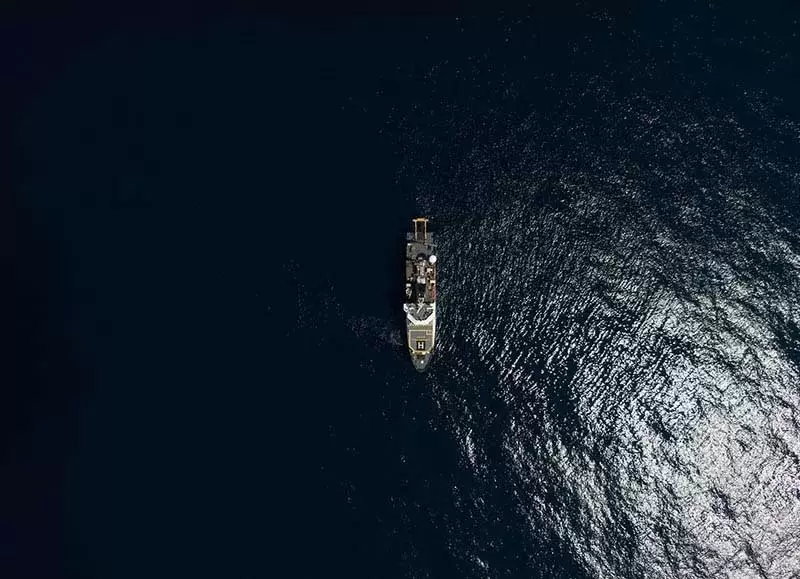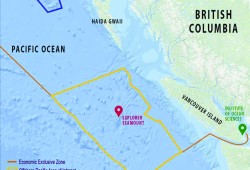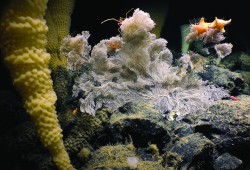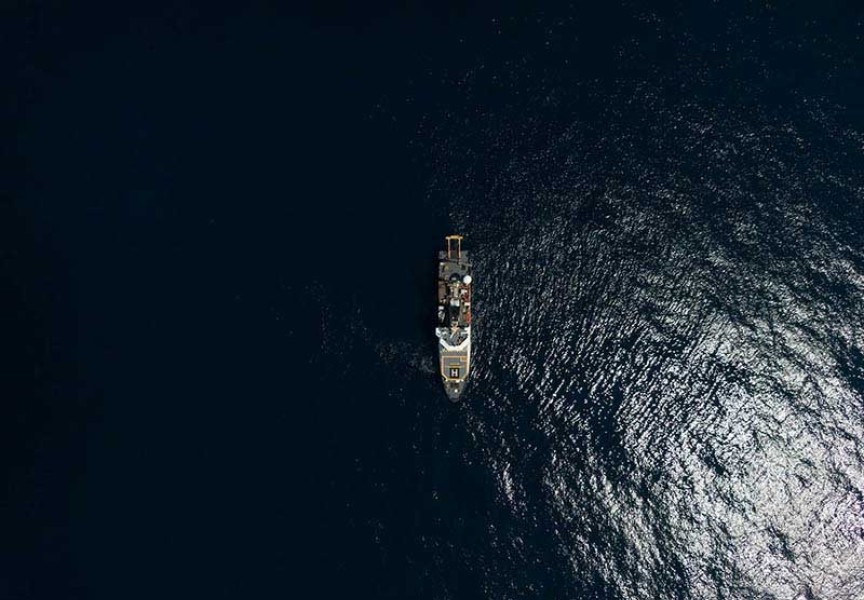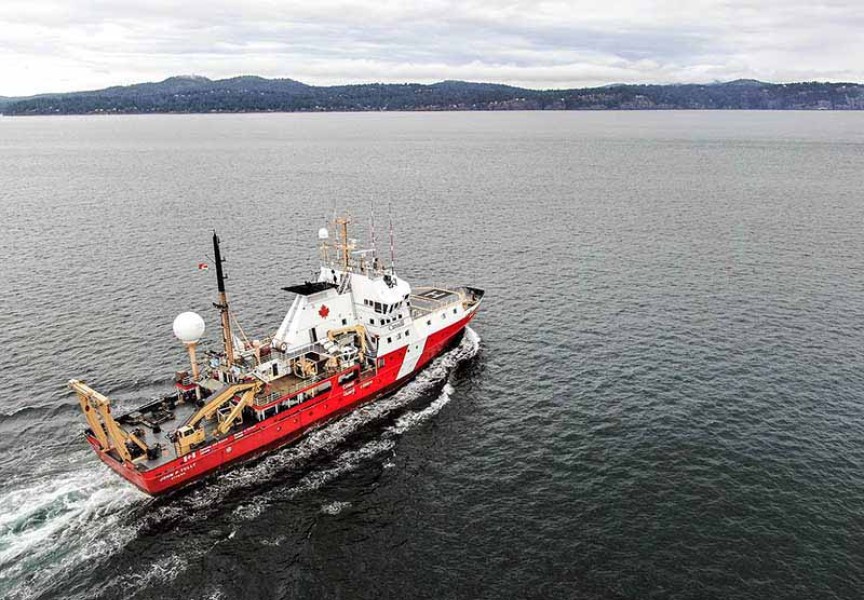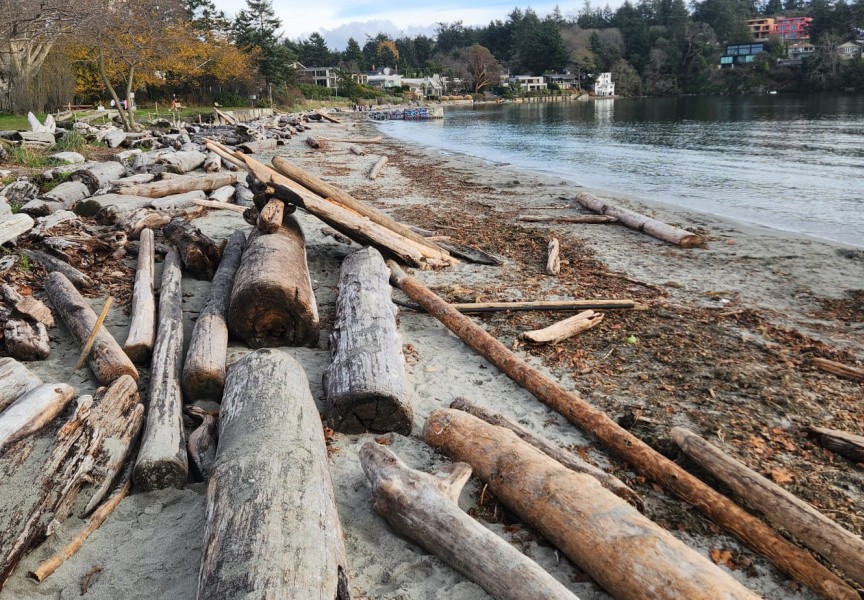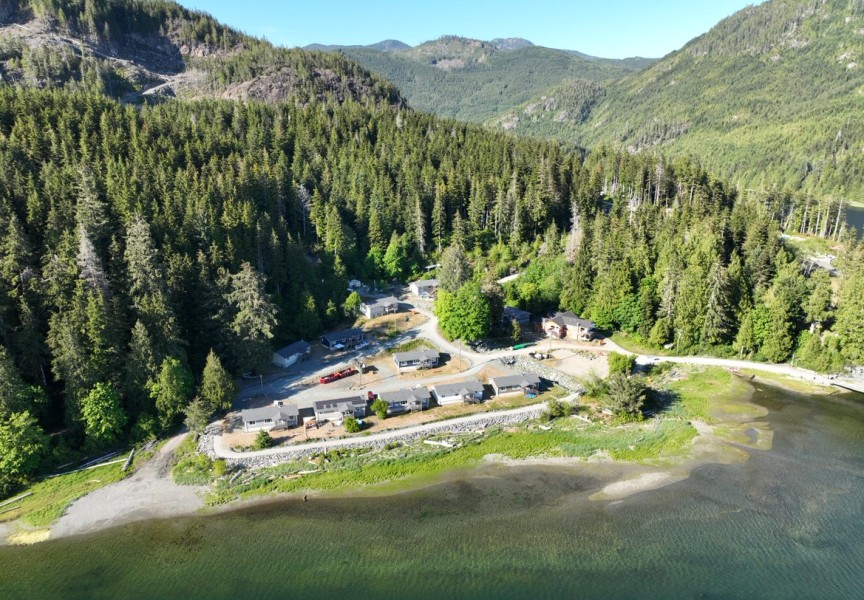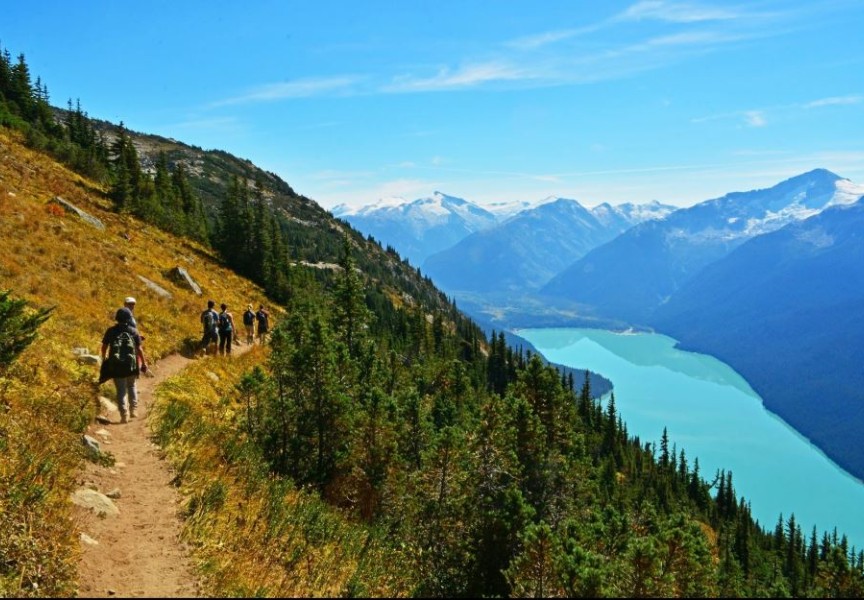Regulations that would protect a vast undersea mountain range west of Vancouver Island are currently available for public commenting, a step that brings the biodiverse region closer to being conserved under Canada’s Oceans Act.
Comprising an offshore area four times the size of Vancouver Island, stipulations for the proposed marine protected area were made available on the Canada Gazette for a 30-day period, ending March 20. The 133,019 square-kilometre piece of the Pacific Ocean runs along the edge of Canadian jurisdictional waters, approximately 150 kilometres west of Vancouver Island and the southern tip of Haida Gwaii.
But the proposed MPA also crosses the territory of multiple First Nations, a jurisdictional complexity that brought on three years of consultations. What emerged from these talks was the declaration of Tang.ɢwan — ḥačxw iqak — Tsig̱is Marine Protected Area on Feb. 9, with a co-management plan that would include representation from the Pacheedaht, Nuu-chah-nulth Tribal Council, Quatsino and the Council of the Haida Nation. Combining the ancestral Haida, Nuu-chah-nulth and Quatsino languages, Tang.ɢwan — ḥačxw iqak — Tsig̱is means “deep ocean”, “very deep waters off of our shores”, and “monster of the deep” respectively.
During a press conference last month, Gaagwiis (Jason Alsop), president of the Council of the Haida Nation, spoke of a management board that would oversee the marine protected area through representation from the federal government and the First Nations involved.
“We’re all coming into this under our own inherent title, our own inherent jurisdiction,” he said. “We’re striving to make consensus decisions and hoping that we all come to the same decision.”
Since it was declared an offshore area of interest in 2017, bottom trawl fishing has been prohibited in the area, a continued ban that would bring “negligible” costs to the commercial industry if the MPA designation passes through, according to the current details on the regulations. Oil and gas development would also not be permitted.
“According to a resource assessment produced by Natural Resources Canada (NRCan), there is very low to no potential for conventional petroleum resources in the proposed MPA,” states the federal document.
However, vessels will be permitted to pass over the area, and some fishing can continue, including harvesting for First Nations social and ceremonial purposes that causes no bottom contact. Hook and line fishing for recreational and commercial purposes can also continue, as can midwater trawling in most of the MPA that does not reach lower than 500 metres, although the gear would be required to not fall below the allowable depths.
“Tuna fishing, the most lucrative fishery in the area, will not be affected since it does not undermine the conservation objective of the MPA,” states the regulation details.
Contravention of these regulations can bring up to $8 million in fines, or even more if an offence brings a criminal conviction.
Tang.ɢwan — ḥačxw iqak — Tsig̱is has a seabed floor of approximately 1,000 metres below the surface, although the area is full of undersea mountains – or seamounts – that rise to as high as 285 metres below. Much of what is known about the area came from expeditions undertaken in recent years by teams from Fisheries and Oceans Canada and the Canadian Coast Guard. These trips have so far found 46 seamounts, most of the known undersea mountains in Canadian waters. This oceanic mountain range contains higher levels of biodiversity than the surrounding sections of the Pacific, thanks to the spreading of tectonic plates that allow hydrothermal vents to release warm water from fissures in the earth’s crust.
Tang.ɢwan — ḥačxw iqak — Tsig̱is includes the Endeavour Hydrothermal Vents MPA, the first marine protected area to be recognized under Canada’s Oceans Act in 2003. All of the known hydrothermal vents in Canadian waters are within the Tang.ɢwan — ḥačxw iqak — Tsig̱is boundaries.
“The Endeavour hydrothermal vents, one of the 18 known venting areas in the proposed MPA, are home to 10 species recorded nowhere else in the world,” states the MPA document.
These “biological hotspots” support 64 species of fish, 70 different birds, sea mammals like orcas, dolphins and otters, 52 invertebrates, such as shellfish and urchins, as well as a dozen coral and sea sponge species recently discovered in the proposed MPA.
Co-management efforts, scientific research and enforcement is expected to cost $3.5 million in federal funds over the next decade to protect Tang.ɢwan — ḥačxw iqak — Tsig̱is.
As the largest MPA in the Pacific, Ottawa has been keen to make the designation official, bringing Canada closer to its goal of protecting 25 per cent of the country’s ocean by 2025. This is a vital part of Canada’s “ongoing quest for healthier oceans,” said Joyce Murray, minister of Fisheries and Oceans Canada, during the Feb. 9 announcement. She is also working under a mandate from the Prime Minster to protect 30 per cent of Canada’s oceans by 2030.
“We need the commitment of all people so that we can protect the future of our oceans, of our sea life, of our way of life as Indigenous people,” said Cloy-e-iis, Judith Sayers, president of the Nuu-chah-nulth Tribal Council. “We committed for future generations, for us, so that they can enjoy what we have, and maybe even a more beautiful world.”
Following the 30-day period of public comments, the government and First Nations plan to move towards a binding agreement to designate Tang.ɢwan — ḥačxw iqak — Tsig̱is a marine protected area.

